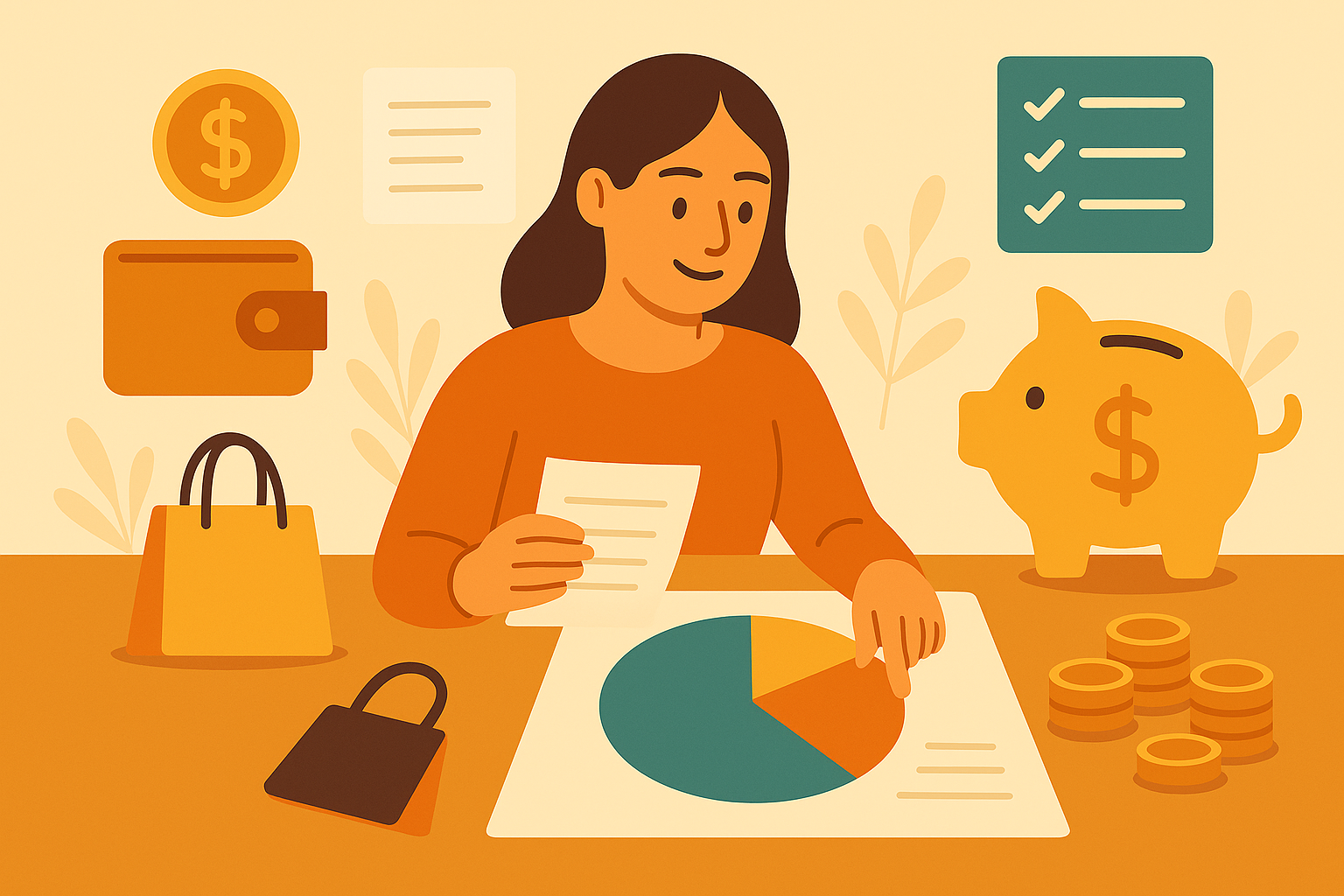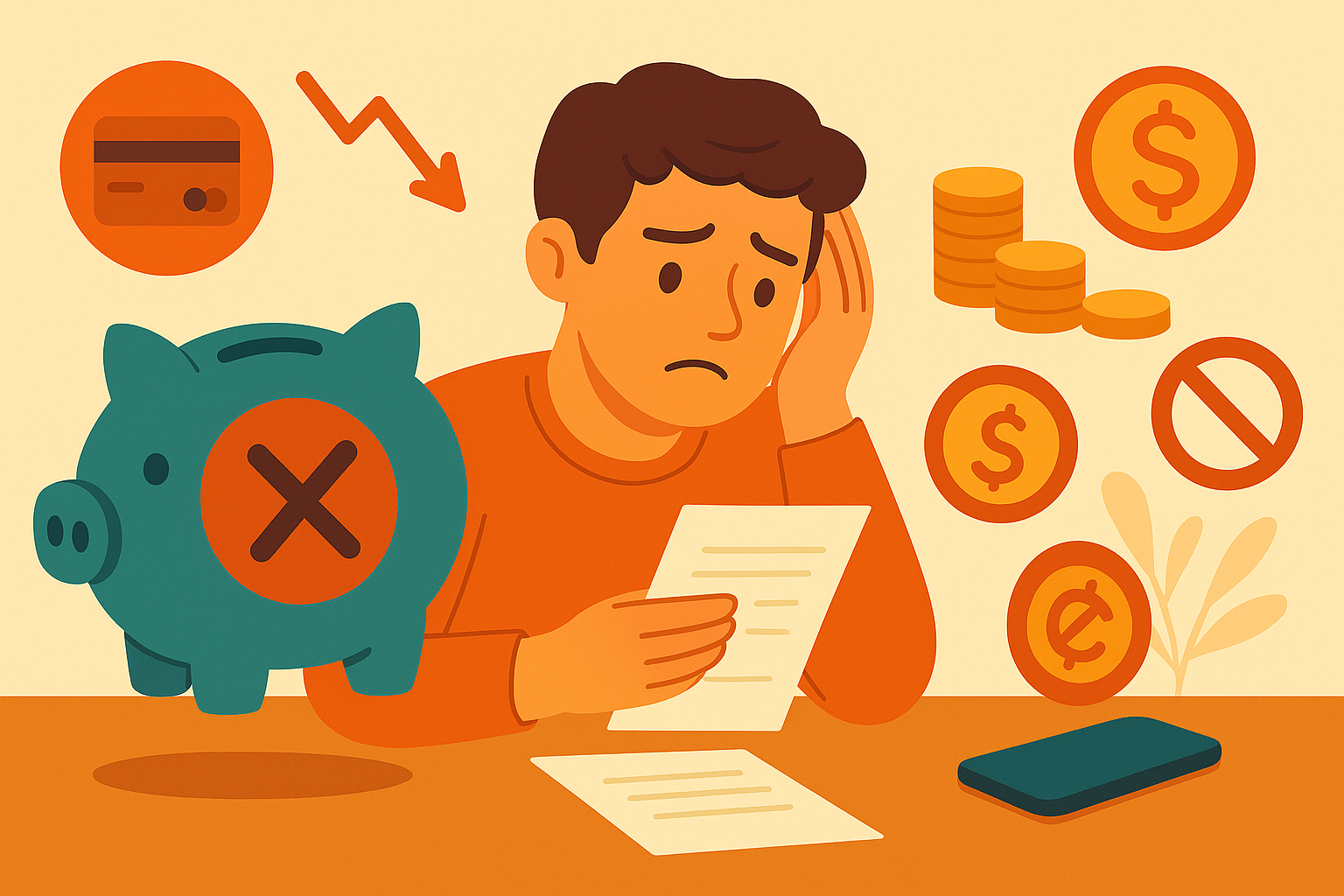Look, I’m going to be straight with you. You’re probably sick of seeing those “make $10,000 a month while you sleep” posts all over the internet. Most of them are selling you dreams wrapped in expensive courses that teach you absolutely nothing. That’s why finding legitimate passive income ideas that actually work feels nearly impossible.
But here’s the thing—passive income is real. It’s just not what those gurus make it out to be. Passive income is not truly passive at the start—building the foundation takes time, effort, and strategy. You’re going to put in work upfront, but once you’ve built the foundation, you start making money while you’re sleeping, hanging out with friends, or working your regular job.
I’m going to walk you through five legitimate passive income ideas that actually generate real money. These aren’t theories—these are actual strategies that real people use to build income streams that keep paying them month after month.
Selling Digital Products: Create It Once, Sell It Forever
Let’s start with one of the most scalable passive income ideas out there—digital products. Things like eBooks, templates, and printables require one-time creation but can sell repeatedly, with platforms like Etsy and Gumroad reporting rising demand for digital planners and educational resources.
Why Digital Products Work So Well
Here’s why this works. You spend maybe 20 – 60 hours creating something useful—a budgeting spreadsheet, meal planning template, printable wall art, or a Notion dashboard. After that initial creation, you upload it to a platform, and it sells repeatedly without additional work. Moreover, digital products involve zero overhead costs like shipping and stock, creating an ideal passive income model where you create once and earn forever.
Finding Your Digital Product Niche
Think about problems you know how to solve. Are you organized? Then creating planning templates or productivity trackers might be your path. Good with money? In that case, budget spreadsheets or financial planning guides could work well. Have design skills? Consider creating printable art, Canva templates, or social media graphics. The key is solving a specific problem for specific people.
To find what works, look at what’s already selling on Etsy or Gumroad in your area of interest. What problems are people trying to solve? Build your version that’s either better or more specific to a niche audience.
Creating and Selling Your First Product
Use free tools like Canva for design work, Google Sheets for spreadsheets, or Google Docs for guides and eBooks. Fortunately, you don’t need expensive software to create valuable products. Once you’ve created it, choose your selling platform. Etsy is great for beginners because millions of people already search there for products. Additionally, the setup takes about 30 minutes. Alternatively, Gumroad offers simpler setup and lower fees. Meanwhile, Stan Store works well if you have social media presence.
Price your products between $5 and $50 to start. However, make sure to research similar products to see what people are willing to pay. Don’t underprice yourself—people often associate higher prices with quality.
Your first month might make you $20 or even nothing. That’s normal. Nevertheless, the people making thousands monthly created multiple products, learned what sold, and built momentum over several months. Start by creating your first product, get real customer feedback, then move on to your second. That’s how you build a digital product business.
Finally, use Pinterest to drive free traffic to your listings. The platform works like a visual search engine, and good pins can send steady traffic to your products for months or years. Real power comes when you have multiple products working for you simultaneously. Each product is another chance for someone to find you and potentially buy your entire collection.
Print-on-Demand: Zero Inventory, Real Profit
Print-on-demand is another powerful passive income idea. This model involves low risk, allowing you to design items like t-shirts, mugs, phone cases, or wall art while the platform handles printing, shipping, and customer service.
How Print-on-Demand Actually Works
Essentially, you create designs and upload them to products on platforms like Printful, Redbubble, or Teespring. When someone orders, the platform prints and ships automatically. Consequently, you collect the profit without touching inventory or dealing with shipping.
What Designs Sell Best
You don’t need to be an artist. In fact, some bestselling products are simple text-based designs made in Canva in under 30 minutes. For instance, coffee mugs with funny quotes consistently sell well. Similarly, t-shirts targeting specific groups like teachers, nurses, or hobby enthusiasts perform great. Additionally, wall art with minimalist designs or motivational phrases does well. Phone cases with trendy aesthetics also move quickly.
However, the key is specificity. Instead of generic “dog lover” designs, create “golden retriever mom” or “rescue pit bull dad” designs. Specific communities buy more because the products feel personal.
Choosing Your Platform and Getting Started
Select your platform based on your goals. Redbubble is easiest for beginners—upload designs and they handle everything, though profit margins are lower. On the other hand, for higher profits, connect Printful to an Etsy shop. Meanwhile, Teespring works great if you have social media followers.
To begin, create 30 to 50 products. Focus on a few niches you understand. Then upload them with good titles and descriptions that include search terms people actually use.
What to Expect Timeline-Wise
Months one and two will be slow—maybe a handful of sales. During months three and four, your listings gain traction in search algorithms. By months five and six, you’ll see consistent sales. Eventually, by month twelve, you have steady income from designs you created months ago.
Before designing, research trends on Etsy and Pinterest. Build products people are actively searching for. Then pay attention to what sells and make more in those categories. Remember, quality beats quantity—10 great designs outperform 50 mediocre ones. Ultimately, the people making serious money from print-on-demand have hundreds of products live, built up over time while learning what their audience actually wants.
Renting Out Your Assets: Money From Things You Own
Among all passive income ideas, renting out things you already own is one of the fastest to generate income. Peer-to-peer rental platforms like Turo and Fat Llama are growing, letting you monetize unused assets like cars, cameras, or storage space, with minimal ongoing effort.
Renting Your Vehicle
Your car sitting in the driveway most of the week could be earning you money. Platforms like Turo allow you to rent out your car and earn $40 – $50 per day, depending on the vehicle, especially profitable if the car is no more than 10 years old.
If your car sits unused during workweeks or you have a second vehicle, you could potentially make $500 – $1,500 monthly. Furthermore, Turo provides up to $750,000 in liability protection. You approve or decline every rental request after reviewing renter profiles and history. Simply set your availability and pricing, then let the platform handle payments and insurance.
Renting Your Storage Space
Renting out unused space like driveways, garages, and spare storage through platforms like Spacer requires minimal setup and can start generating income almost immediately. For example, an empty garage could earn $100 – $400 monthly. Likewise, basement storage, extra closets, or even parking spots all have value.
People need storage for seasonal items, college belongings during summer, business inventory, or vehicles like boats and RVs. Fortunately, platforms like Neighbor and Spacer handle listings, payments, and insurance.
Renting Your Equipment
Camera equipment, power tools, party supplies, and recreational gear can be rented through platforms like ShareGrid and Fat Llama, with modern cameras earning $25 – $100 per day. That camera you use twice yearly? Consider renting it out. Power tools collecting dust? List them on these platforms. Similarly, party supplies, sports equipment, or musical instruments all have rental value. These platforms provide insurance protection and handle the transaction process.
Taking Action on Asset Rental
Pick your most valuable underutilized asset. Take quality photos, write clear descriptions, and research local pricing. List it on the appropriate platform this week. You might get bookings within days or weeks. Once you do, it becomes repeating income with minimal effort.
Platforms handle payments, insurance, and dispute resolution. Meanwhile, your job is coordinating handoffs and maintaining your items. For assets sitting unused anyway, this is nearly free money. For instance, a spare garage making $200 monthly is $2,400 yearly for empty space. Similarly, your car actively rented making $800 monthly is $9,600 yearly, potentially covering your entire car payment and insurance.
High-Yield Savings Accounts: The Easiest Money You’ll Make
When people think about passive income ideas, they usually overlook the simplest one. High-yield savings accounts or CDs through online banks offer competitive interest rates at three to four percent APY, earning automatically with no active management and making them ideal for low-risk, liquid passive income.
Why This Matters More Than You Think
If you have money in a regular bank savings account earning 0.01% interest, you’re losing money to inflation daily. Conversely, high-yield savings accounts currently pay 3-4 % interest.
Let’s do the math. $5,000 in a regular account earns $0.5 yearly. In contrast, that same $5,000 in a high-yield account at 3-4 % earns $175 yearly. Similarly, $10,000 earns $350 for doing nothing.
Online banks offer the best rates because they don’t have physical branch costs. Additionally, these accounts provide easy mobile apps, no monthly fees, and FDIC insurance protecting up to $250,000.
How to Get Started Today
Opening an account takes 30 minutes. Simply apply online, link your checking account, transfer your money, and watch interest accumulate monthly automatically.
Certificates of deposit lock your money for 6 months to 5 years in exchange for slightly higher rates. Therefore, use these for money you won’t need soon—like saving for a down payment or specific future expense. Shop rates every 6 to 12 months. Banks compete for deposits with promotional rates. Switch when you find better returns.
The Set-It-And-Forget-It Advantage
This genuinely is set-it-and-forget-it income. Check rates occasionally, but otherwise just watch money grow. Admittedly, this won’t replace your income, but it’s guaranteed money appearing automatically forever. Combined with other passive income ideas, it all adds up. That $29 monthly covers your streaming subscriptions or phone bill without lifting a finger.
Dividend Stocks and REITs: Companies That Pay You
The last of our passive income ideas builds long-term wealth. Owning shares in companies that regularly pay dividends is one of the simplest and most reliable ways to earn passive income, with companies like Coca-Cola and McDonald’s having raised dividends for at least twenty-five consecutive years.
Understanding Dividend Investing
When you own dividend stocks, companies send you money every quarter just for being a shareholder. You don’t work for them or manage anything. Instead, money simply appears in your brokerage account.
The beauty of dividend investing is getting paid whether stock prices rise or fall. For instance, the company’s stock could drop twenty percent, and you still receive dividend payments.
Dividend Aristocrats and ETFs
Dividend Aristocrats are companies that have raised dividends for at least twenty-five consecutive years, making them ideal for stable, predictable income. Companies like Coca-Cola, Johnson & Johnson, Procter & Gamble, and McDonald’s are massive, stable businesses that have increased dividend payments for over a quarter century.
For beginners exploring passive income ideas, dividend ETFs are simpler. Instead of picking individual stocks, buy one fund owning dozens or hundreds of dividend companies. SCHD, VYM, and DGRO are popular options providing instant diversification. Essentially, one purchase gets you exposure to hundreds of dividend stocks, spreading your risk across the entire market.
Adding REITs to Your Portfolio
By investing in REITs, you earn a portion of the income generated by properties as dividends, with REITs required to distribute at least ninety percent of their income to shareholders. Real estate investment trusts give you all the income benefits of owning real estate without being a landlord or dealing with tenants. REITs own and manage properties, collect rent, and are legally required to pay out most of that income to shareholders.
Getting Started with Dividend Investing
Open a brokerage account with Fidelity, Charles Schwab, Vanguard, or Robinhood. Setup takes fifteen minutes. Moreover, many now offer fractional shares, meaning you can start with as little as ten dollars. Begin with whatever you can afford. Five hundred dollars is great. Even one hundred dollars starts the process.
The Power of Reinvesting Dividends
If you reinvest dividends through a dividend reinvestment plan (DRIP), you can significantly increase long-term returns without adding cash. Automatically use dividends to buy more shares. Those shares then pay dividends. Additional dividends buy more shares. Consequently, it compounds exponentially.
Let’s look at an example. Invest $3,000 at 4%yield. First year brings $120 in dividends. Reinvest quarterly without adding more money. After 5 years, you have $3,700 earning $148 annually. After 10 years, $4,800 earning $192 annually. Fast forward twenty years, and you’ll have over $8,000 earning $320 annually.
Now imagine adding $100 monthly. The numbers accelerate dramatically.
Playing the Long Game
Admittedly, this is the slowest passive income idea on this list. It won’t make you rich next month or next year. However, twenty years from now, when you’re collecting meaningful dividend checks without effort, you’ll wish you’d started today.
Open an account this week. Buy your first dividend stock or ETF. Set up automatic dividend reinvestment. Then let time and compound interest work. Don’t check daily. Avoid panicking during market dips. Just let it grow.
Your Next Move With These Passive Income Ideas
You’ve now got five legitimate passive income ideas that actually work. Digital products, print-on-demand, renting out assets, high-yield savings, and dividend investing. Each one works. Each one has helped real people build real income streams.
The Question That Matters
So what are you actually going to do with these passive income ideas? Because reading this changes nothing. Taking action changes everything.
Pick one of these passive income ideas from this list. Just one. Select the one that excites you most, or the one that fits your current situation best, or the one that seems easiest to start. Then commit to making real progress on it in the next thirty days.
Start Today, Not Tomorrow
Begin today. Pick one of these passive income ideas. Make it happen. Your first dollar earned passively will feel incredible, and it’ll motivate you to build more streams. That’s how this works. You start small, you learn as you go, you add more passive income ideas over time, and suddenly you’re making real money from multiple sources while you sleep, work, or spend time with people you care about.
The best time to start exploring these passive income ideas was 5 years ago. The second best time is right now. What are you waiting for?






